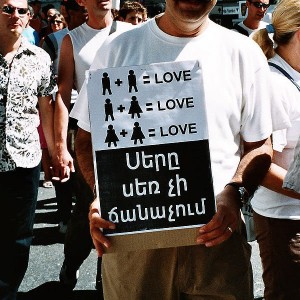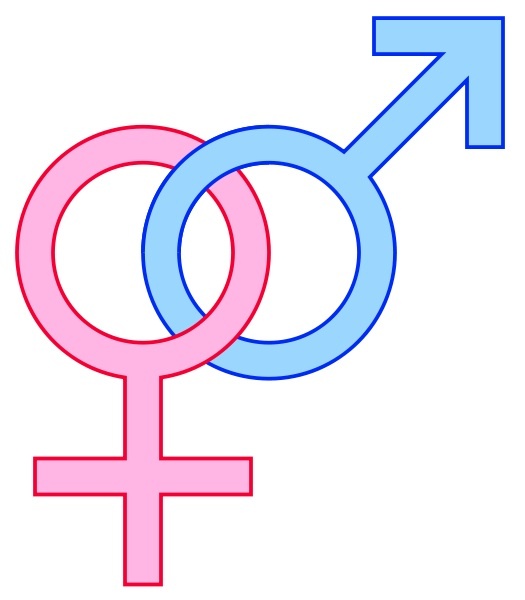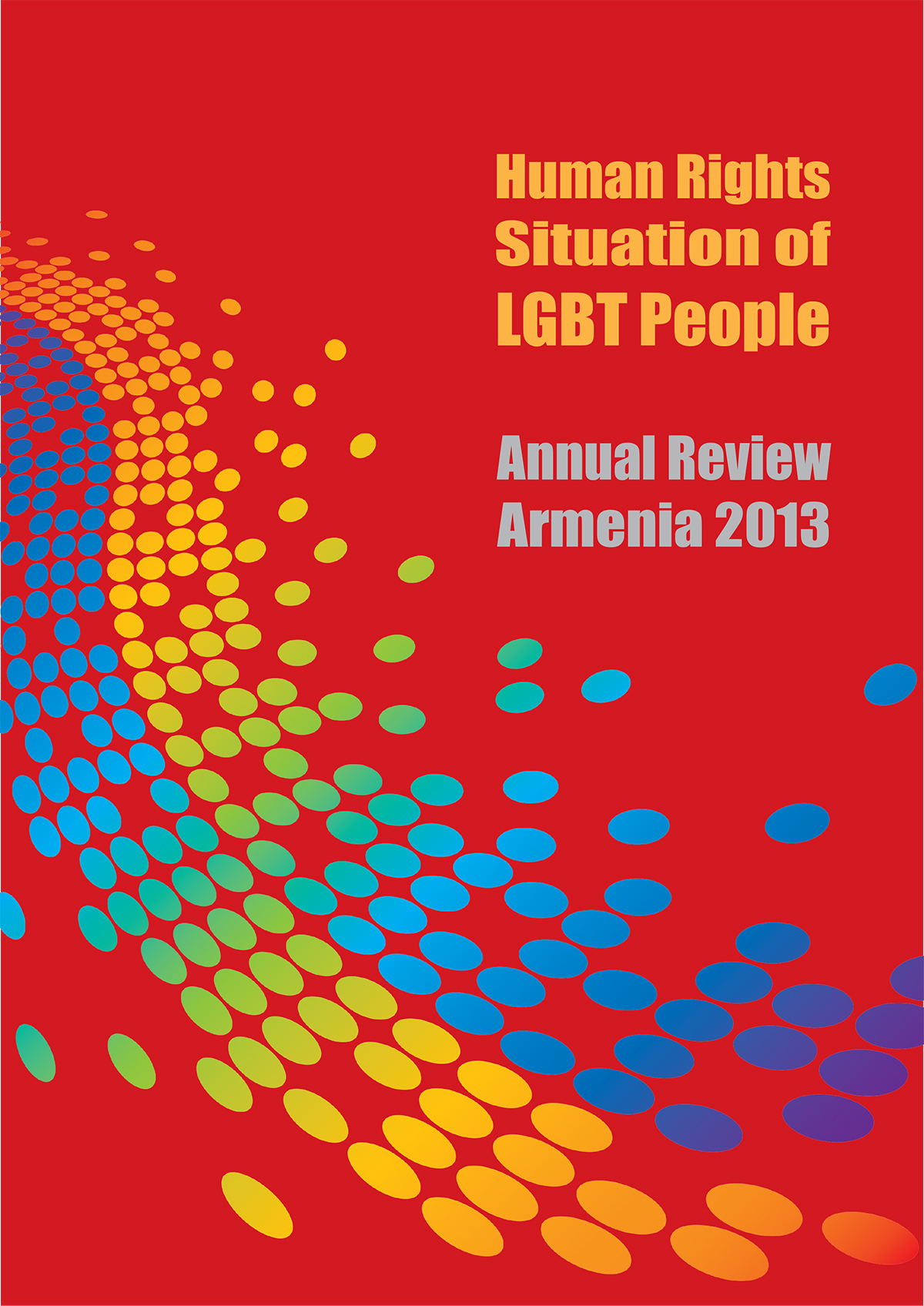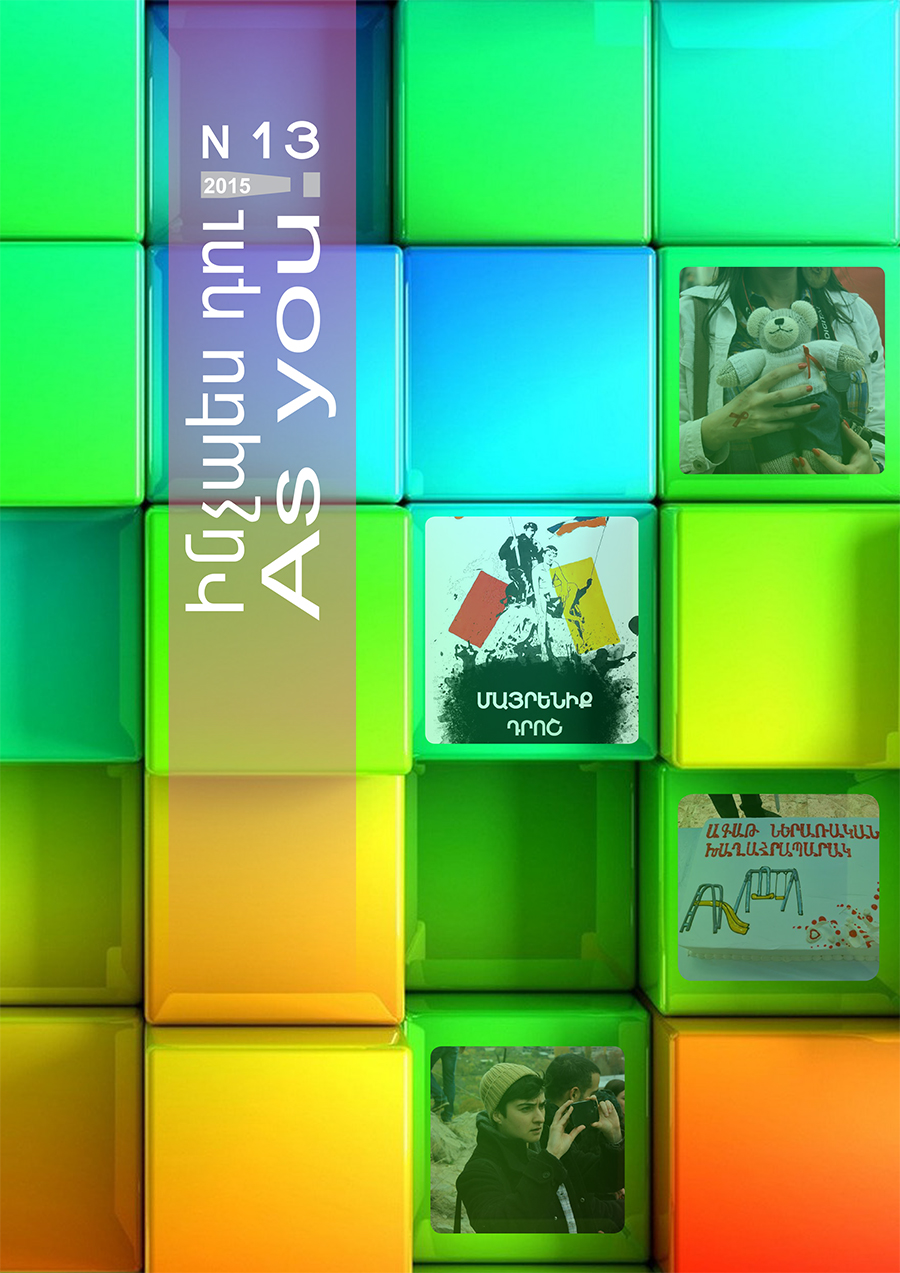 What is homophobia?
What is homophobia?
Homophobia (Greek: homios – same, phobia – fear) is the fear, hatred and disgust toward homosexual people or those perceived to be homosexual and from homosexuality. Homophobia is built on negative stereotypes and prejudices. There are different sorts of homophobia.
In case of being affected with a clinical homophobia one is really contaminated with physical disgust or fright against homosexuals or those perceived as homosexuals which one may not control. Sometimes it can be accompanied by or alter up to paranoia. The significant element of homophobia is the irrational fear. The clinical homophobia has clear mental, emotional and physical symptoms. Here are few of them: a feeling of uncontrollable anxiety, a yearning to do everything possible to avoid anything that has to do with homosexuality, often, the knowledge that your fears are unreasonable or exaggerated, but feeling powerless to control them.
Internal homophobia is the fear of the homosexual person about her/his own homosexuality. In case of internal homophobia, a person is severely suppressing his/her own homosexual desires which is due to a conflict between his/her own passions, desires, fantasies and religious or social beliefs, because of which the person may have an internal struggle. That internal struggle can result in clinical depression.
Institutional homophobia is characterized by use of homophobia by certain establishments or (often state or religious) institutions. This includes criminalisation and penalisation of homosexuality, hate speech use by officials or spokesmen belonging to that establishment and other expressions of persecution, violence and discrimination against homosexual humans.
Homophobia is sometimes regarded as a branch of xenophobia, meaning that it is a fear against the “stranger, other”, from an individual who is “different” from one experiencing these fears or discomfort.
Homophobia is also regarded in the scope of sexism as homosexual men are sometimes regarded as “dishonoured”, because “they have lost their masculinity”, they “imitate women”, and the status of the woman is lower; it is not honourable to “refuse” one’s masculinity and “imitate” a woman. And some homosexual women are viewed to be “usurpers” of man’s role, “impersonators” of men.
 How and Why Homophobia is spread?
How and Why Homophobia is spread?
Mariana van Zeller reveals one of the basic means or tools of spreading homophobia in a notable documentary “Missionaries of hate” – the interpretation of religion. Exactly the same religion can be used both to spread love, tolerance, unanimity, peace and unity, as well as hatred, terror, agitations, mess, turbulence and separatism.
Fear and dread are often used in societies where there is a lack of knowledge and information, in case of which this tactic works very effectively, especially if that particular society is in economic, political and natural (natural disasters occur) instable state. Historically fear and dread were a fit method to govern mobs, control them, as well as to hurt one’s foe or competitor (from defamation up to executing and taking over their fortune).
Chiefly, methods of dehumanisation, segregation and terror are used to spread homophobia.
Dehumanisation is the process or phenomenon of portraying a person or a social group as inhumane or having negative qualities, for which they often use labelling (e.g. politicians are “liars”, homosexuals are “antisocial elements”, Europeans are “immoral” etc).
Segregation is the separation of an individual, a social group or a phenomenon from others (for instance, in Nazi Germany Jews were not allowed to live next to Germans. In the same country, homosexuals were treated the same way: they would be sent to concentration camps). Segregation may be implemented on a mental level, too, through science, religion, sometimes through art and/or other means.
Terror is the spread of fear to frighten individuals or a group of individuals (e.g. “Beware of homosexuals! They want to rape your children!”). Often, in order dehumanization and terror to be successful, they also use the substitution: a phenomenon can be represented in a way which is not true or the notion is interpreted in a wrong way, by purpose, the goal of which is to fool the interested parties (e.g. homosexuality is represented in the same light as paedophilia, and homosexuals are depicted as paedophiles).
Speaking about the institutional homophobia, hatred and intolerance against homosexuality and/or homosexual individuals may be diffused through a specific establishment or institution, justifying it as a noble mean to protect “the nation” or the “children”, for the “patriotic ambitions”, to “conserve the traditional values”, sometimes even “in the name of commonwealth of homosexuals” or “For the Greater Good”.
Sometimes socially widespread homophobia is nothing but a result of illiteracy, silence and sometimes it is the shortcoming of visibility of LGBTs (Lesbian, gay, bisexual and transgender) both personally and culturally.

“Little evil would be done in the world if evil never could be done in the name of good.” Marie von Ebner-Eschenbach
How to overcome homophobia?
If we look upon homophobia in the context of xenophobia and sexism, then it is imperial to disroot the two. On the other hand, overcoming other social phobias could make a grand progress, yet it is not necessarily a guarantee per se to the eradication of homophobia, if no proper actions are undertaken.
Clinical homophobia, as other clinical phobias and fears, is addressed by specialists. For instance, Jan Heering from Morpheus Institute in the Netherlands. For overcoming irrational fear (and hatred emanates from fear), different types of methods are used, mostly therapies, NLP (Neuro Linguistics Programming) and Time Lane Therapy among others.
Internal or internalized homophobia, too (which is also called egodystonic homophobia), shall be treated with the help of specialists. American Psychological Association (APA) suggests that affirmative psychotherapies are helpful.
The results of the study of Leela Grace have shown that persons being brought up open-minded and having some contact with homosexuals are more tolerant. One of the most important results of the research was that it pointed out to the incredible transformative power of friendship and person-to-person interaction, for overcoming negative attitude and discrimination.
Thus, for surrounding social, religious and cultural homophobia it is important to ensure:
- the visibility and representation of LGBT (lesbian, gay, bisexual and transgender) persons in the society,
- the circulation of science-based knowledge about homosexuality,
- as well as the process of getting rid of other prejudices and phobias.
The best way of protecting oneself against the institutionalised homophobia is mostly having anti-discriminatory legislation and using it properly.
Sevak Kirakosyan
Used sources: CTRN (Change That’s Right Now)APA (American Psychological Association)




This is what happens when people project their own problems and self hate out on to other people. Society picks a group to condemn and then blames all of its problems on them. This happens all throughout history, we blame races, religions, gays, we blame the environment, nature, god, etc. Today it’s LGBT, tomorrow it’ll be someone else. This is a reflection of an unhappy society. People don’t know who to blame their own unhappiness on so they choose forces outside of themselves, fight against them and try to win over. Unfortunately it’s a pointless battle because we are all responsible for our own happiness, and as long as we keep looking at others to change in order to make us happy, we’ll always be fighting and miserable.
Agree Emily jan 🙂 And I’m glad to see that you, too, are acting to make the world a better and brighter place 🙂 I’d like to present you a recent article of mine. I think it, too, might be of interest to you: http://asyou.pinkarmenia.org/gender/2012/genderroles/?lang=en